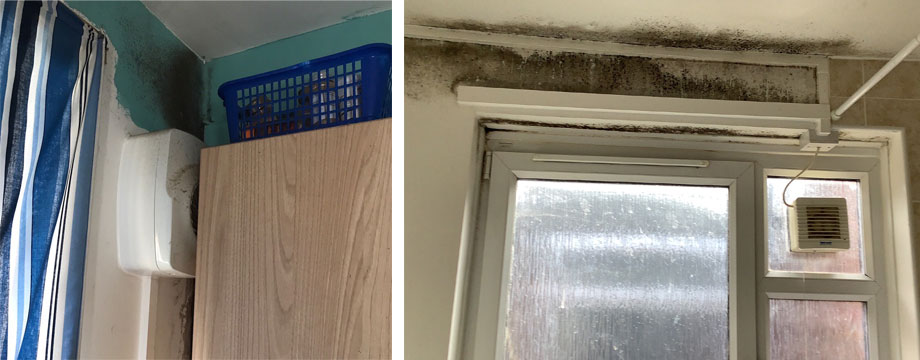As we drive towards reducing our carbon footprint, the inference to insulate Britain is a topical encounter. However, it should be understood how this status could be met with such a myriad of dwelling periods and styles throughout the United Kingdom.
Similar constructions built in opposing ends of the country can and do, behave differently due to their geographical location and indeed, their orientation. This therefore makes the process of insulating homes a more complex issue such that, without due understanding and individual assessments of each dwelling, we will have to be mindful of Ventilating Britain.
A recent research study suggested the two most important elements aligned to a healthy home were indeed insulation and ventilation at 83% and 78% respectively. Whilst this is not uncommon, prevailing damp, condensation and mould issues suggest there is a long way to go to improve this situation and, with demands for net zero on the horizon, the journey requires a new thought process.

Left: A compromised vent. Right: Damp & mould above a bathroom window
The most important factor with all properties is occupational management and, with retrofitting becoming a sustainable entity, there is an opportunity to ensure a uniform framework is available to assist all property enhancements.
In the absence of a recognised standard approach to establishing structural health, the unique Ventilation MOT® serves to underpin the need for a uniform assessment of existing and proposed effective ventilation of a dwelling including the occupancy level and, a Moisture MOT® assesses and confirms the condition of a structure.
With a host of embedded algorithmic data embracing all ventilation types and systems available created by respective industry experts, the Ventilation MOT® survey conclusively analyses existing measures aligned to the management of internal atmospheric conditions and ultimately indoor air quality.
A certified outcome with any respective advisories serves to uphold ‘better decision making’ for both improvements to existing systems or, indeed pertinent data for new installations unique to the property.
Initial surveys have demonstrated effective solutions for disrepair claims and, how identified minor changes to existing ventilation measures can result in cost-effective solutions to uphold ‘adequacy’ and, this alone has served to reduce landlord ‘repeat spend’ when dealing with such complaints.
Previously it has been very difficult to provide an accurate, timely and methodical analysis of how the different ventilation measures installed in a dwelling combine or, can be combined to demonstrate adequacy aligned to recognized ventilation methods.

A thermal picture of an external wall in a bathroom
And, to date there has been no recognized standard approach resulting in a host of subjectivity and ambiguity on the matter based upon individual surveying skills and knowledge. The Ventilation MOT® delivered by trained surveyors provides a ‘grading’ of the existing ventilation measures benchmarked against recognized systems.
From a landlord perspective, confirming the ventilation in a dwelling is operational and adequate for the construction type and occupancy level, serves to deliver credible resident guidance aligned to:
• Closing trickle vents
• Removing kitchen doors
• Drying clothes internally
• Isolating extraction units
• Opening windows alongside working extractors
• Furniture placements
Certifying the healthy condition of a dwelling and its installed ventilation will assist determining its structural permeability and hence assist the ongoing carbon footprint process. Certified improvements can be demonstrated and recorded providing historical trend data for structural types, their locations and ongoing use of installed atmospheric management protocols.
If you would like to learn more contact: David Bly on Tel: 07738 861311, email propertymot@cornerstone-ltd.co.uk or visit www.propertymot.uk
- Log in to post comments















